Last-Minute NYC Holiday Gift Guide 🎁
We’ve created a holiday gift guide with presents for the intrepid New Yorker that should arrive just in time—


It is always exciting to discover historic photographs that give a glimpse into events of the past and show us New York City in a way we may have never seen before. The NYC Parks Photo Archive just shared these rarely-seen historical images of Flushing Meadows-Corona Park before, during and after the 1964-1965 World’s Fair with Untapped Cities, giving us the chance to see how the was park transformed by the historic event. The photos show the fairgrounds previously used for the 1939-1940 World’s Fair as they are prepped for the second one, the buildings built for the new fair, and what the park looked like in the years that followed.
If you want to learn more about the two World’s Fairs that took place in Queens and see what’s left in the park for yourself, you can join an upcoming Remnants of the World’s Fairs at Flushing Meadows-Corona Park walking tour led by Untapped Cities’ Chief Experience Officer Justin Rivers.
Tour the Remnants of the World’s Fairs at Flushing Meadows-Corona Park
These photographs show the area of Flushing Queens and Willets Point as the set up begins for the 1964 World’s Fair. In the first photograph, you can see an IRT powerhouse that still exist today, and Mets-Willets Point Station in the background.
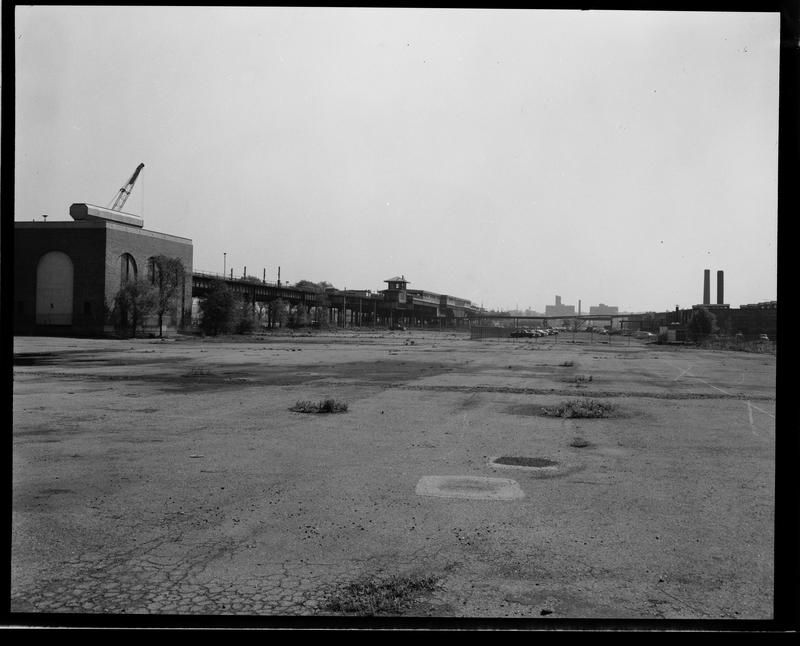
New World’s Fair site and Flushing IRT line in 1962. Image Courtesy of the NYC Parks Photo Archive
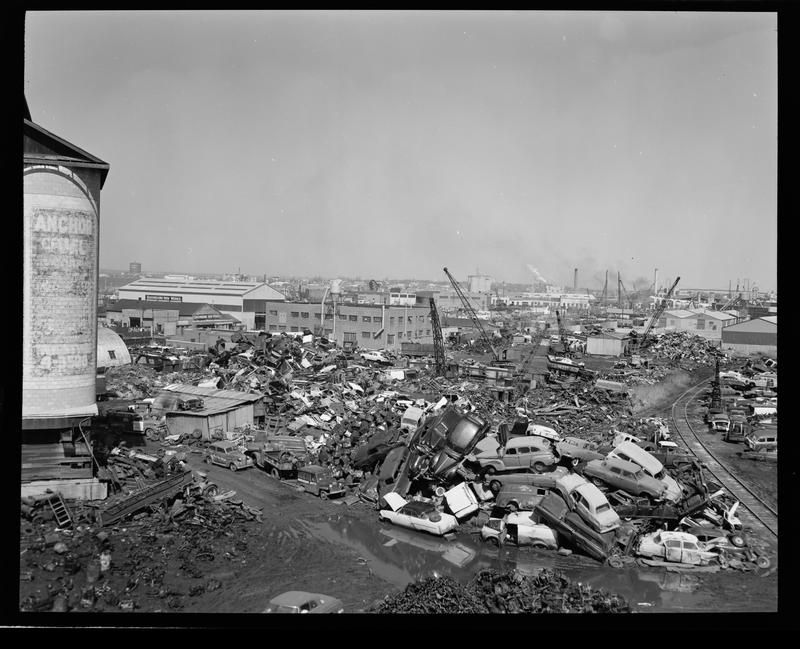
1963 Image Courtesy of the NYC Parks Photo Archive
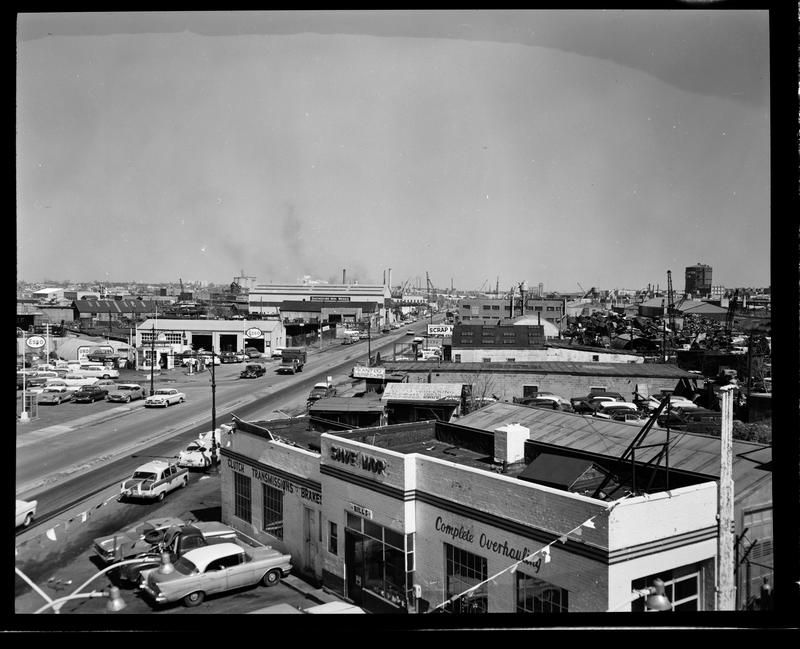
Image Courtesy of the NYC Parks Photo Archive
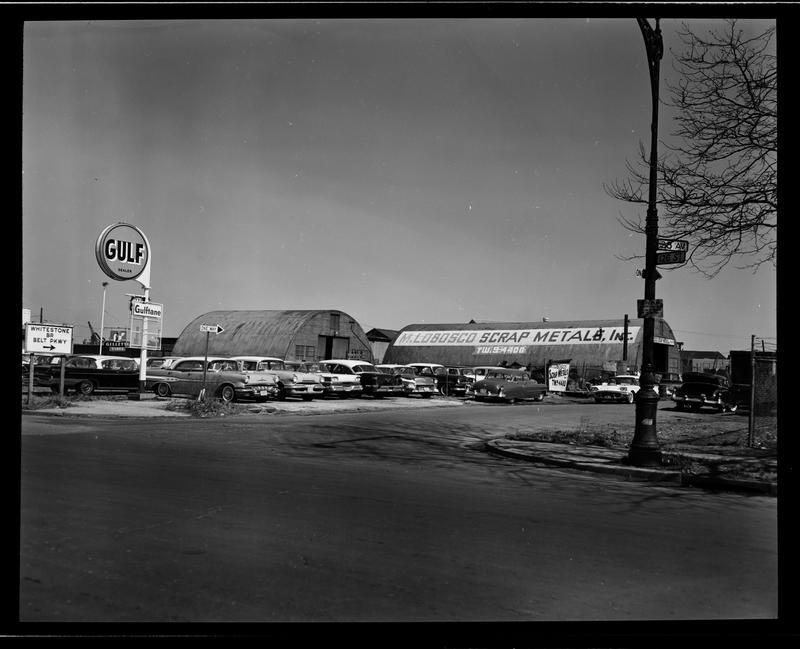
Image Courtesy of the NYC Parks Photo Archive
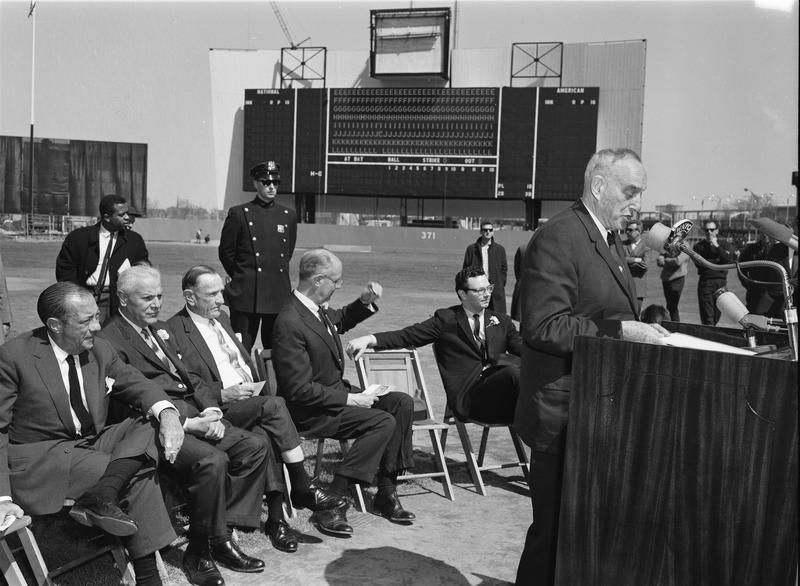
Robert Moses at the Opening of Shea Stadium in 1964. Image Courtesy of the NYC Parks Photo Archive
This group of images show the park during the 1964-1965 World’s Fair and some of the iconic structures built for it like the Unisphere and the New York State Pavilion.
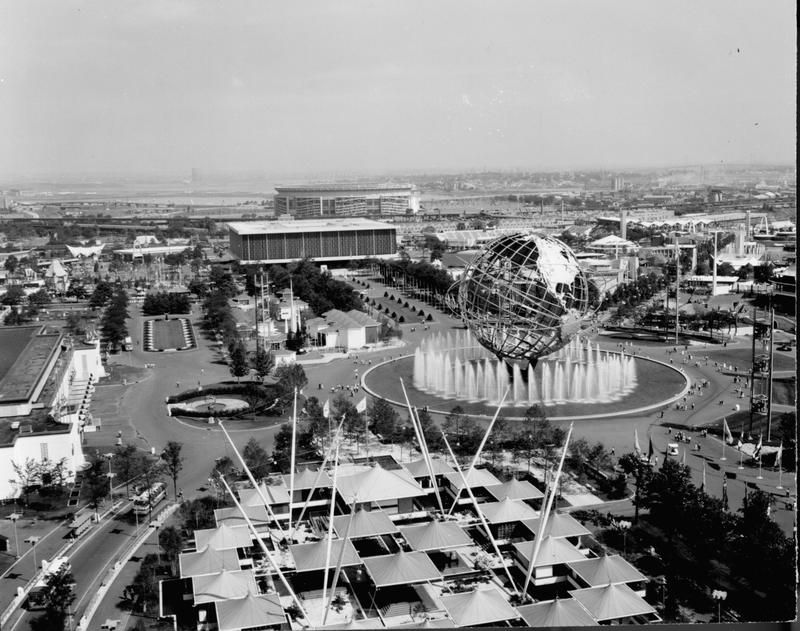
An aerial view of the fairgrounds 1964. Image Courtesy of the NYC Parks Photo Archive
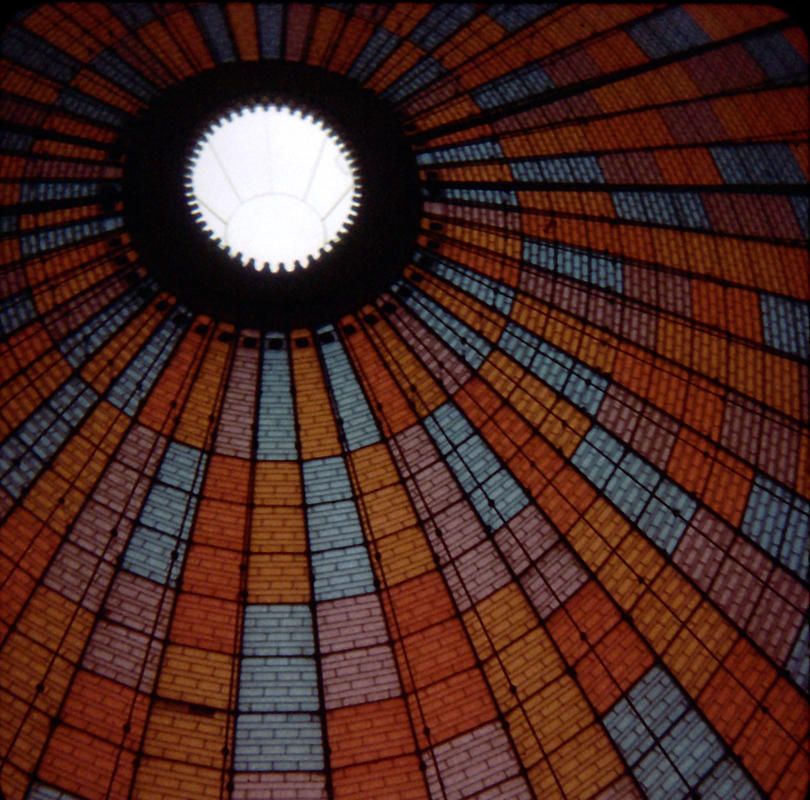
Looking up at the multi-colored fiber glass tiled roof of the New York State Pavilion. Photograph by David Boston, Courtesy of the NYC Parks Photo Archive
Untapped Cities tour guide Justin Rivers notes that the photograph below of the Republic of China Pavilion, taken in 1964, is a great find because the pavilion was rarely photographed.
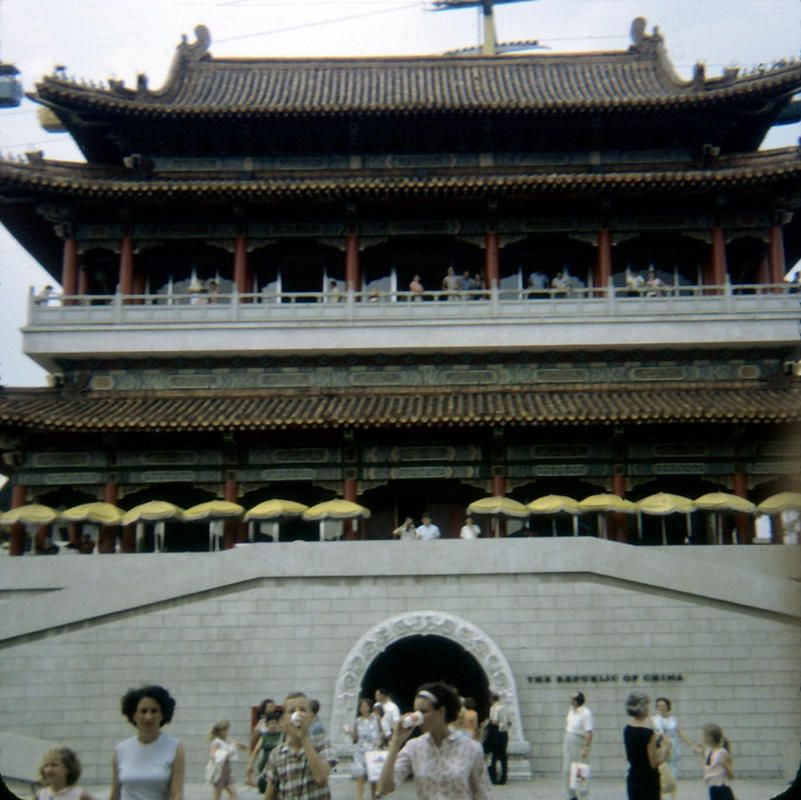
1964 Photograph by David Boston, Courtesy of the NYC Parks Photo Archive
This last set of photographs show the fairgrounds after all of the temporary pavilions had been taken down and the site was virtually abandoned. In the first image from 1967, you can see the remnants of the New York State Pavilion, The Port Authority Pavilion (which becomes Terrace on the Park, the T-shaped building all the way on the right of the photograph), The New York City Pavilion (which becomes the Queens Museum, the long and short building all the way on the left), and the Ampitheater at the mouth of Fountain Lake, which is now demolished. You can also see the layout of the streets which were created for the 1939 fair and are still in the park today.
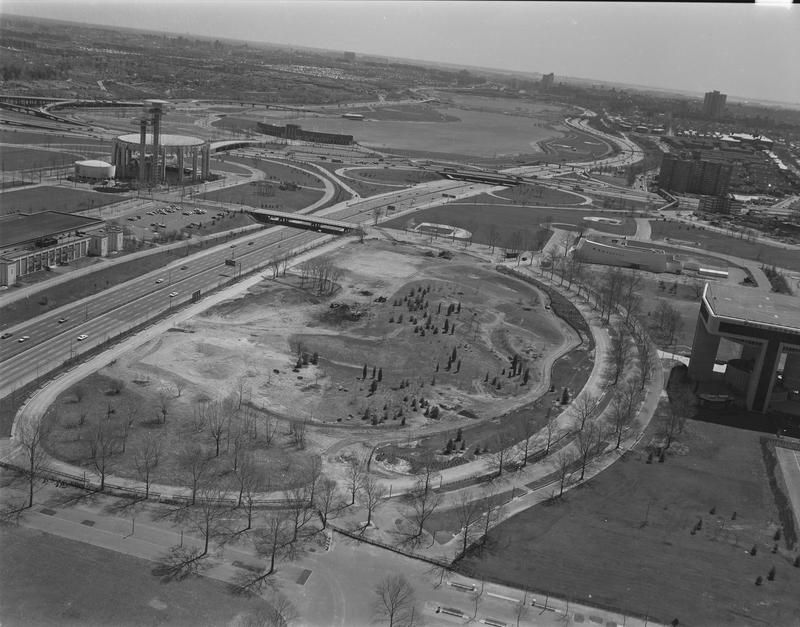
Grand Central Parkway, Roosevelt Ave, 1967. Courtesy of the NYC Parks Photo Archive
To the right of the photograph below you can see the United States Pavilion, the rectangular structure that almost looks like it is floating. Rivers says this was supposed to be a permanent gift to the park just like the New York State Pavilion, but the structure was not constructed well and by the 1970’s was falling apart. Peeking out right above the Port Authority Pavilion is the Hall of Science. The Hall of Science still exist today under the same name and operates as a hands-on science and technology museum. The white building in the foreground is the Greyhound Pavilion which was also taken down at some point in the 1980’s.
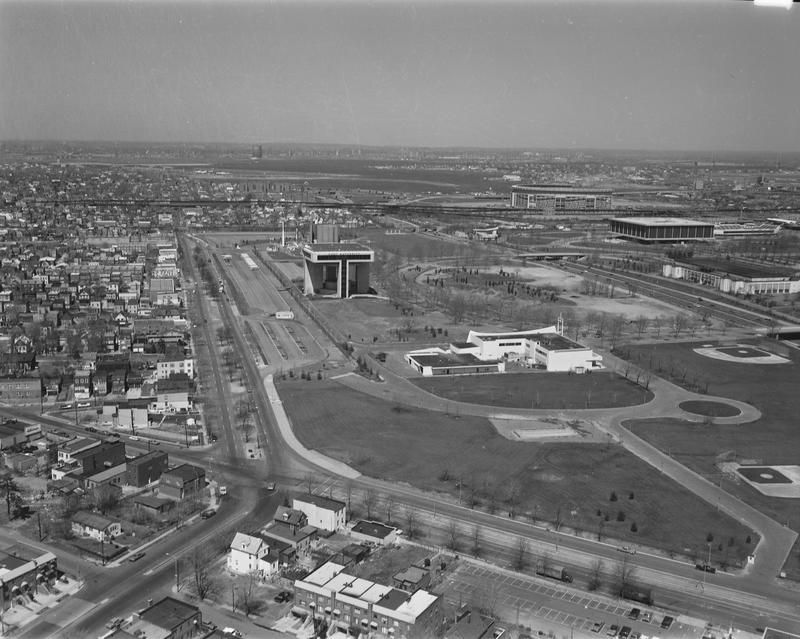
Looking North Along 111th Street, 1967. Courtesy of the NYC Parks Photo Archive
The next two images show the interior of the Singer Bowl, a rectangular stadium that seated 18,000. It was built as a temporary structure for the fair and named for the Singer Sewing Company. During the fair the structure hosted boxing, judo and wrestling trials for the Tokyo Olympics, as well as sporting events, food festivals and showcases of sewing equipment, typewriters and vacuums. It later served as a concert venue that featured acts like The Doors, The Who, Janis Joplin and Jimi Hendrix and was eventually taken over by the USTA.
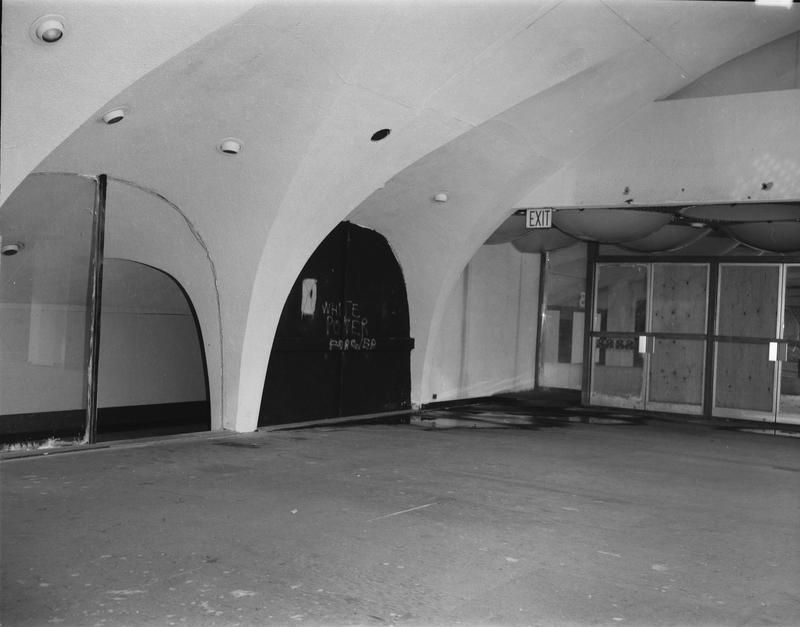
The Singer Bowl, 1967. Courtesy of the NYC Parks Photo Archive
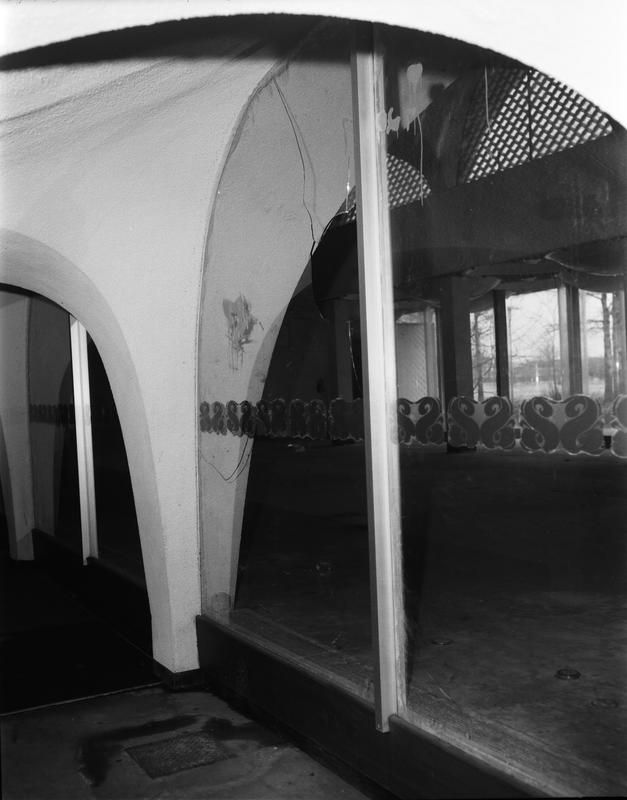
The Singer Bowl, 1967. Courtesy of the NYC Parks Photo Archive
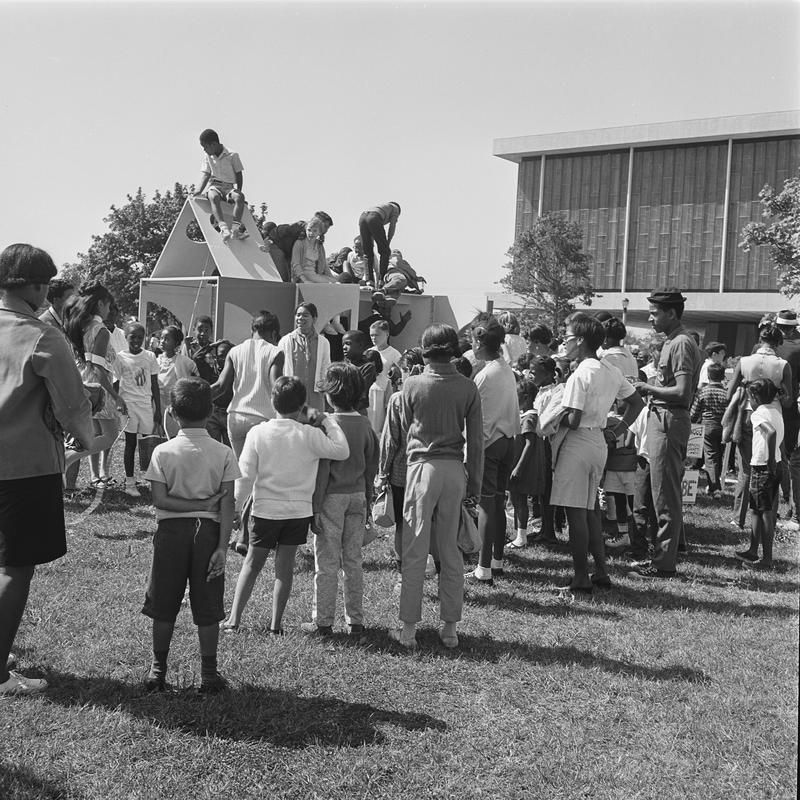
1968. Courtesy of the NYC Parks Photo Archive
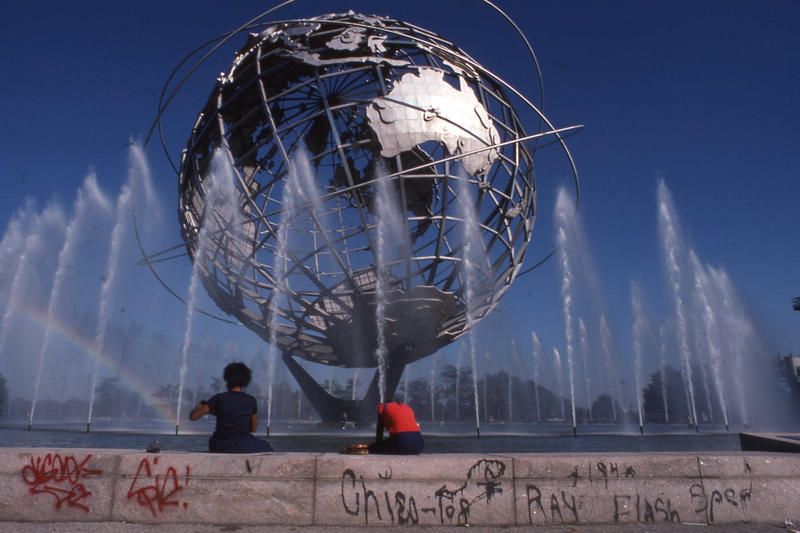
1978, Photograph by Gary Settle for the NY Times, Courtesy of the NYC Parks Photo Archive
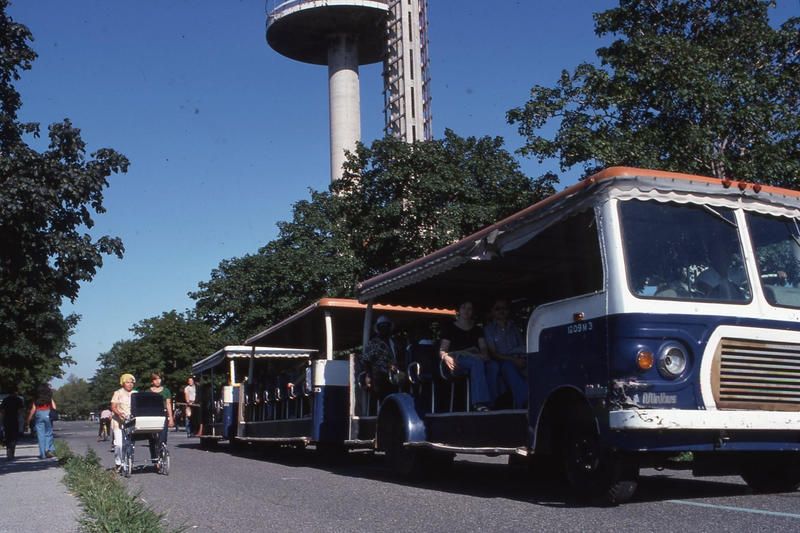
1978, Photograph by Gary Settle for the NY Times, Courtesy of the NYC Parks Photo Archive
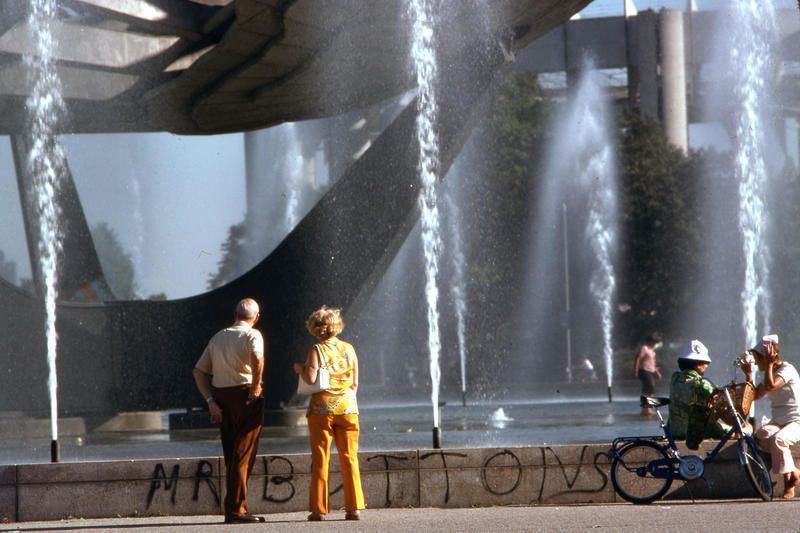
1978, Photograph by Bob Klein for the NY Times, Courtesy of the NYC Parks Photo Archive
Join Untapped Cities on an upcoming tour of the Remnants of the World’s Fairs at Flushing Meadows-Corona Park!
Tour the Remnants of the World’s Fairs at Flushing Meadows-Corona Park
Next, check out Then & Now Photos: 1964 World’s Fair New York State Pavilion at Flushing Meadows-Corona Park and High Above Queens, Atop the Abandoned Towers of the 1964 World’s Fair NY State Pavilion
Subscribe to our newsletter